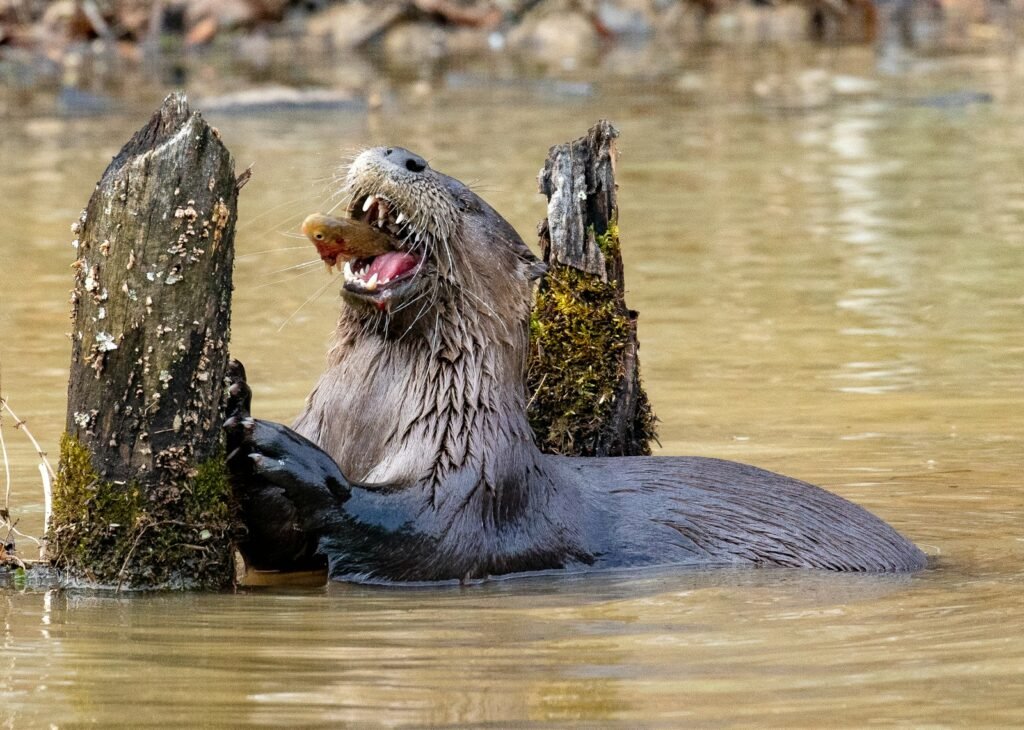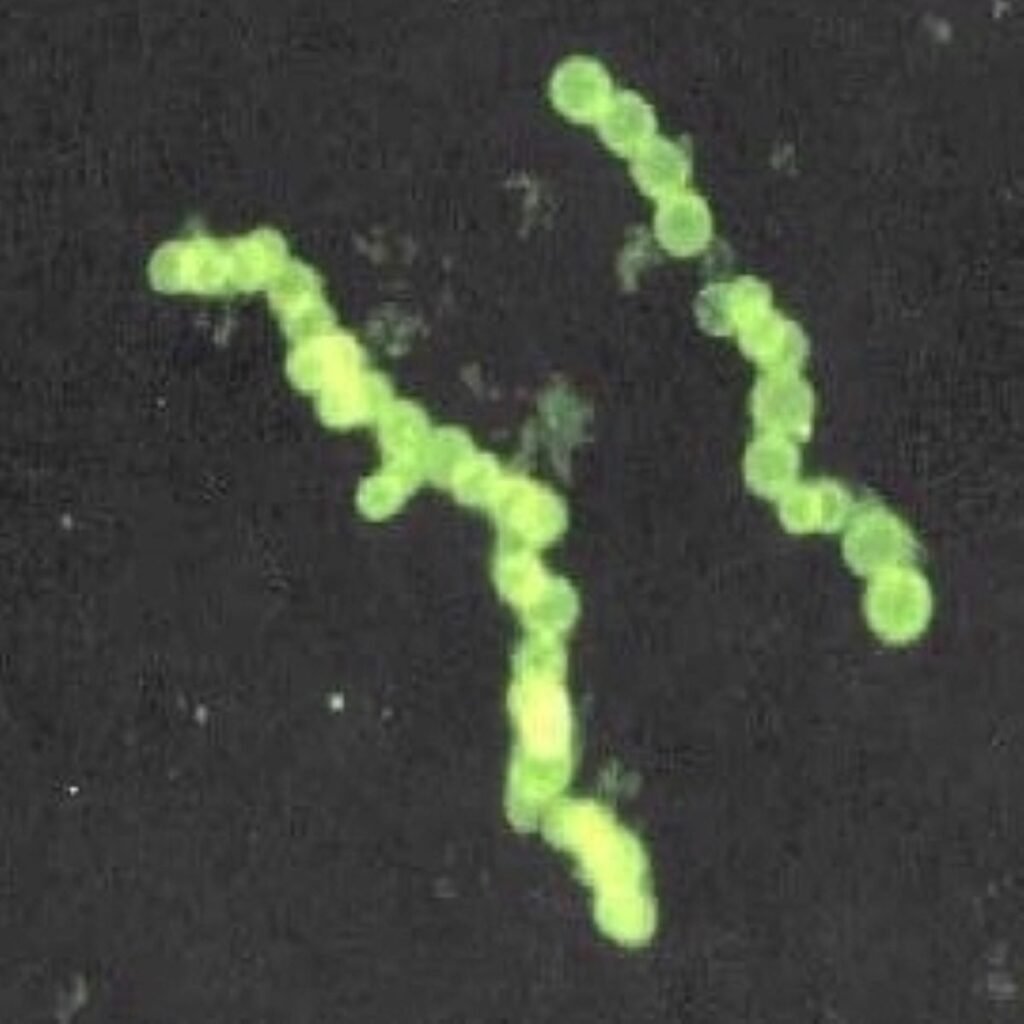The controversy over protecting invasive species has become a pressing issue in the fields of ecology and conservation. Invasive species are organisms that spread beyond their native habitat, potentially causing harm to the environment, economies, and even human health. As their presence grows on a global scale, the debate intensifies: should humans intervene to manage these species, or should we allow natural processes to dictate their fate? This article delves into the arguments surrounding this controversy, exploring the ecological, ethical, and practical implications of both intervention and non-intervention strategies.
Understanding Invasive Species

Invasive species are typically introduced to new environments through human activities such as trade, travel, and agriculture. Once established, they often lack natural predators, allowing them to proliferate rapidly and outcompete native species for resources like food, water, and habitat. This can lead to significant ecological imbalances, loss of biodiversity, and disruption of ecosystem services.
The Case for Intervention

Proponents of intervention argue that active management is crucial to mitigating the negative impacts of invasive species. This approach can involve physical removal, chemical treatments, or biological control methods. Advocates point out that without intervention, invasive species can cause irreversible harm to native ecosystems, lead to extinction of indigenous species, and result in economic losses in agriculture and fisheries.
Challenges of Intervention

While intervention may seem necessary, it is fraught with challenges. The removal of invasive species can be costly, labor-intensive, and sometimes ineffective. Moreover, chemical control methods may result in unintended environmental consequences, harming non-target species and further degrading ecosystems. Additionally, biological control — introducing another species to control the invasive one — can lead to new invasions if not carefully managed.
The Case for Non-Intervention

Opponents of intervention argue for a “let nature take its course” strategy, suggesting that ecosystems may eventually reach a new equilibrium. They emphasize that human actions to control invasives can sometimes do more harm than good, disrupting ecosystems further. Some propose that, over time, native species may adapt to coexist with or compete against invasive species, naturally regulating their populations.
Ecological and Ethical Considerations
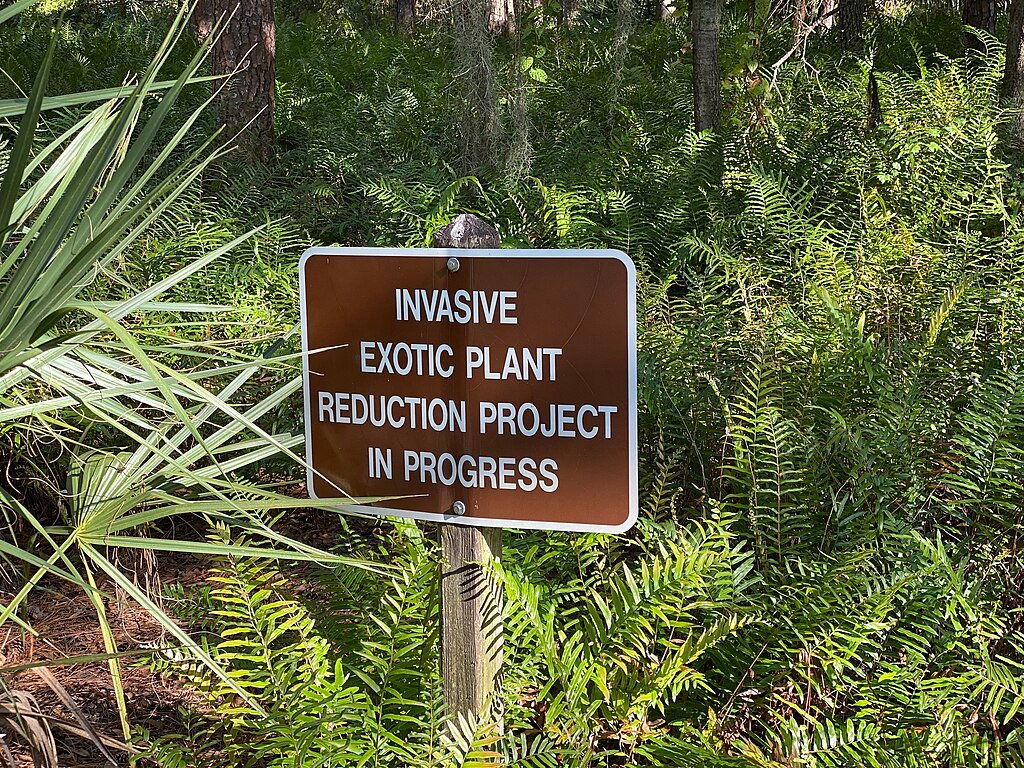
The debate over protecting invasive species also encompasses ecological and ethical dimensions. Ecologically, protecting native biodiversity is crucial for maintaining the resilience and function of ecosystems. Ethically, there is a question of human responsibility; people have introduced many invasive species through globalization and habitat alteration, leading some to argue that we have an obligation to rectify these impacts.
Case Studies
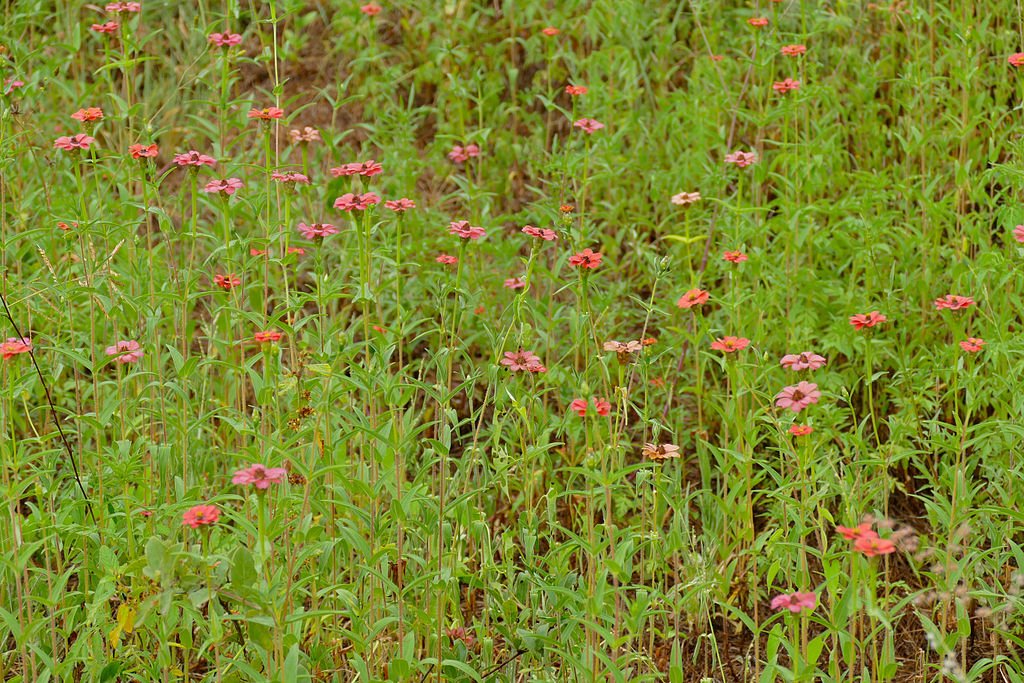
Examples of invasive species management highlight the complexity of the issue. The introduction of the cane toad in Australia for pest control ended disastrously, as the toads themselves became invasive. Conversely, the targeted removal of invasive rats on certain islands has allowed native bird populations to recover. These mixed outcomes reflect the necessity for well-informed, site-specific management strategies.
Conclusion
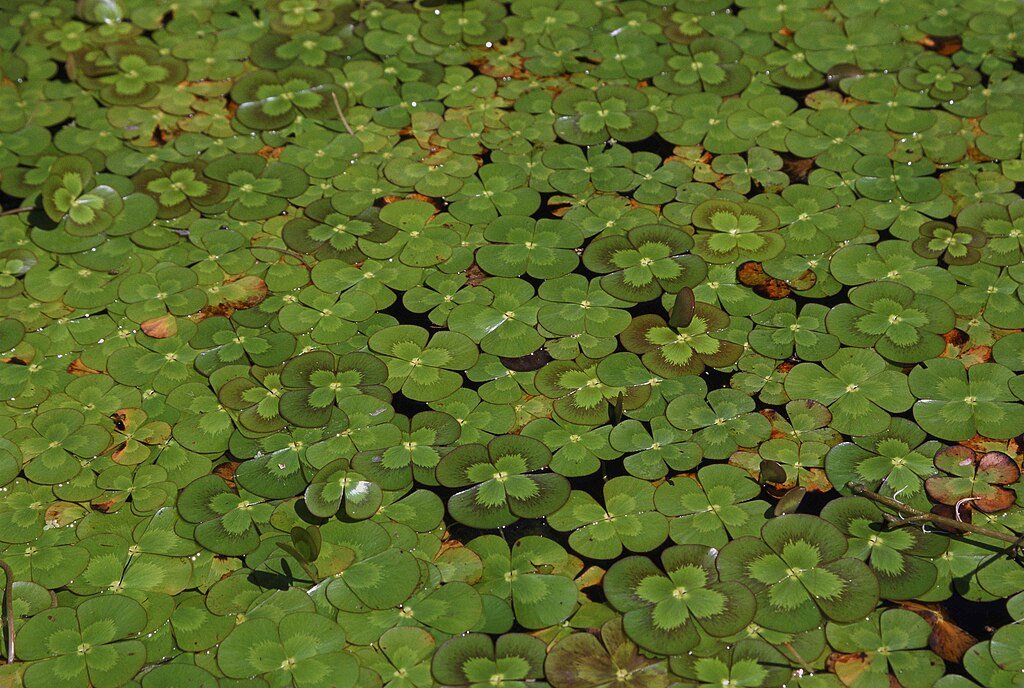
The controversy over whether to protect or control invasive species is complex, with valid arguments on both sides. It challenges conservationists to balance ecological integrity with practical feasibility. While some level of intervention may be necessary to prevent significant ecological harm, a one-size-fits-all solution is unlikely to be effective. Decision-making should be based on thorough scientific understanding, ethical considerations, and tailored to specific environmental contexts. Ultimately, finding a balance between intervention and letting nature take its course will require ongoing research, collaboration, and adaptation to new ecological insights.



